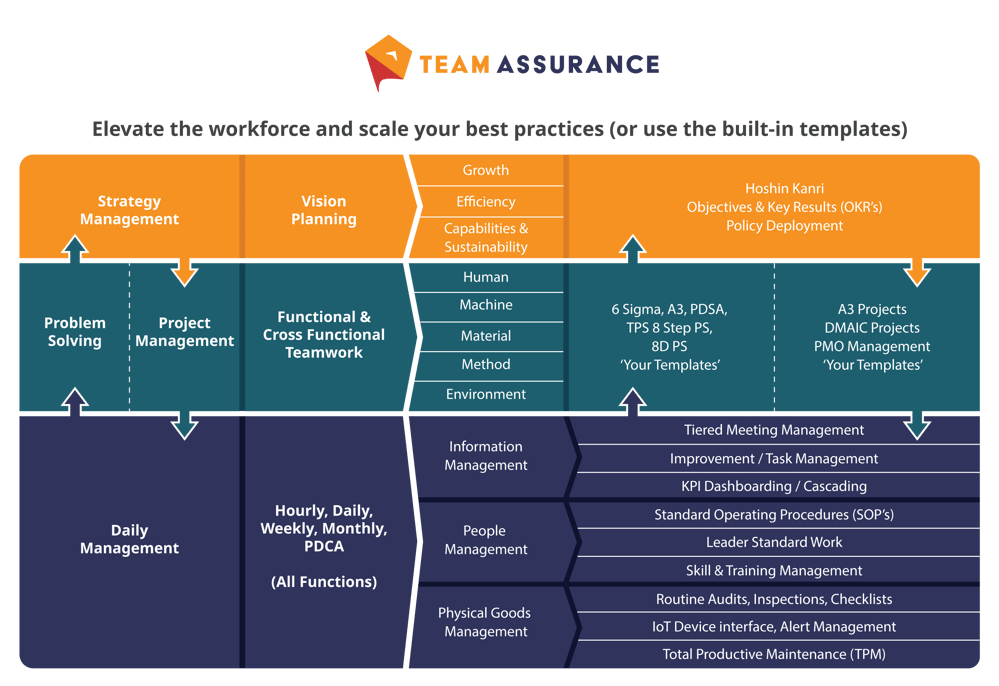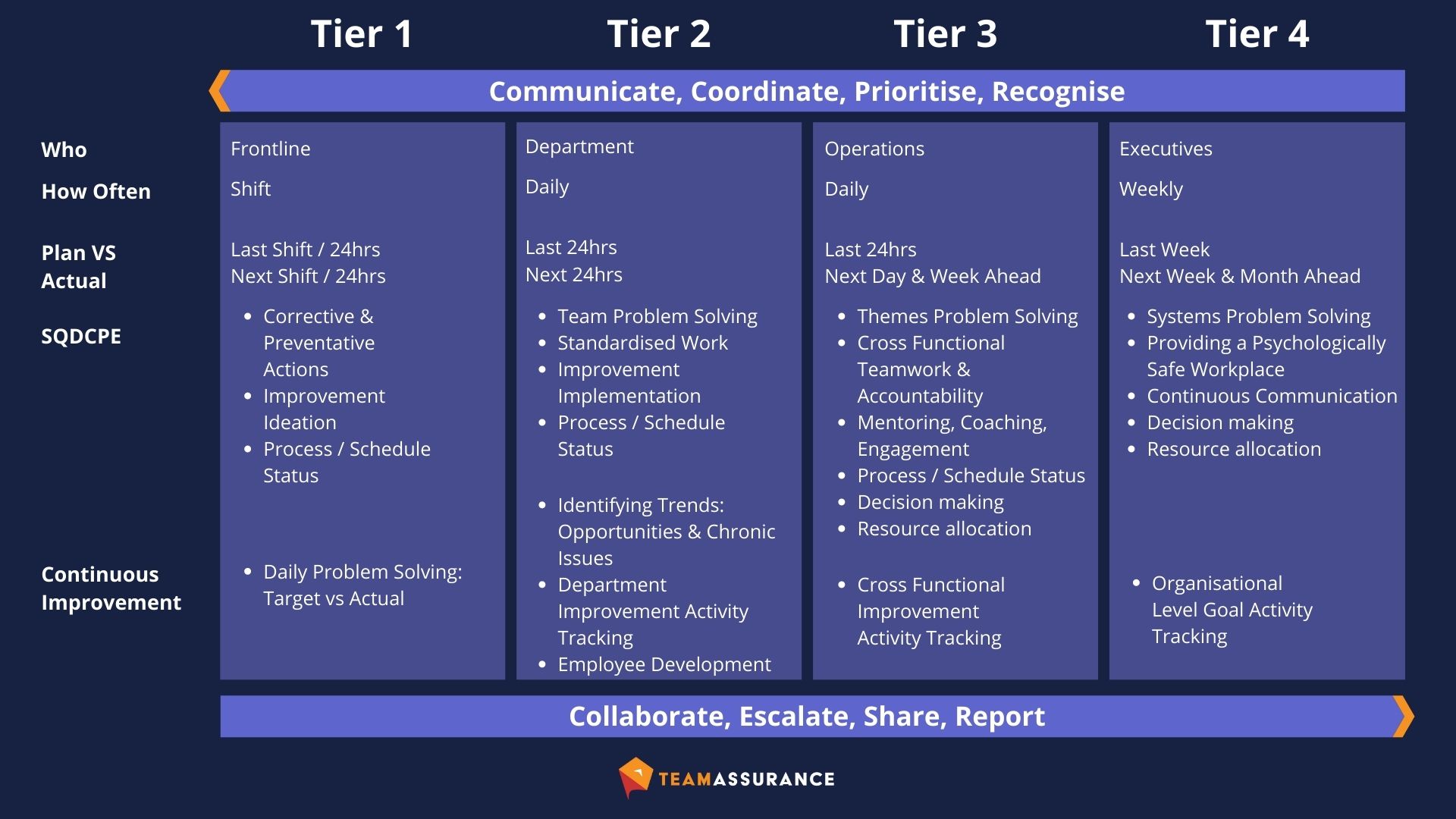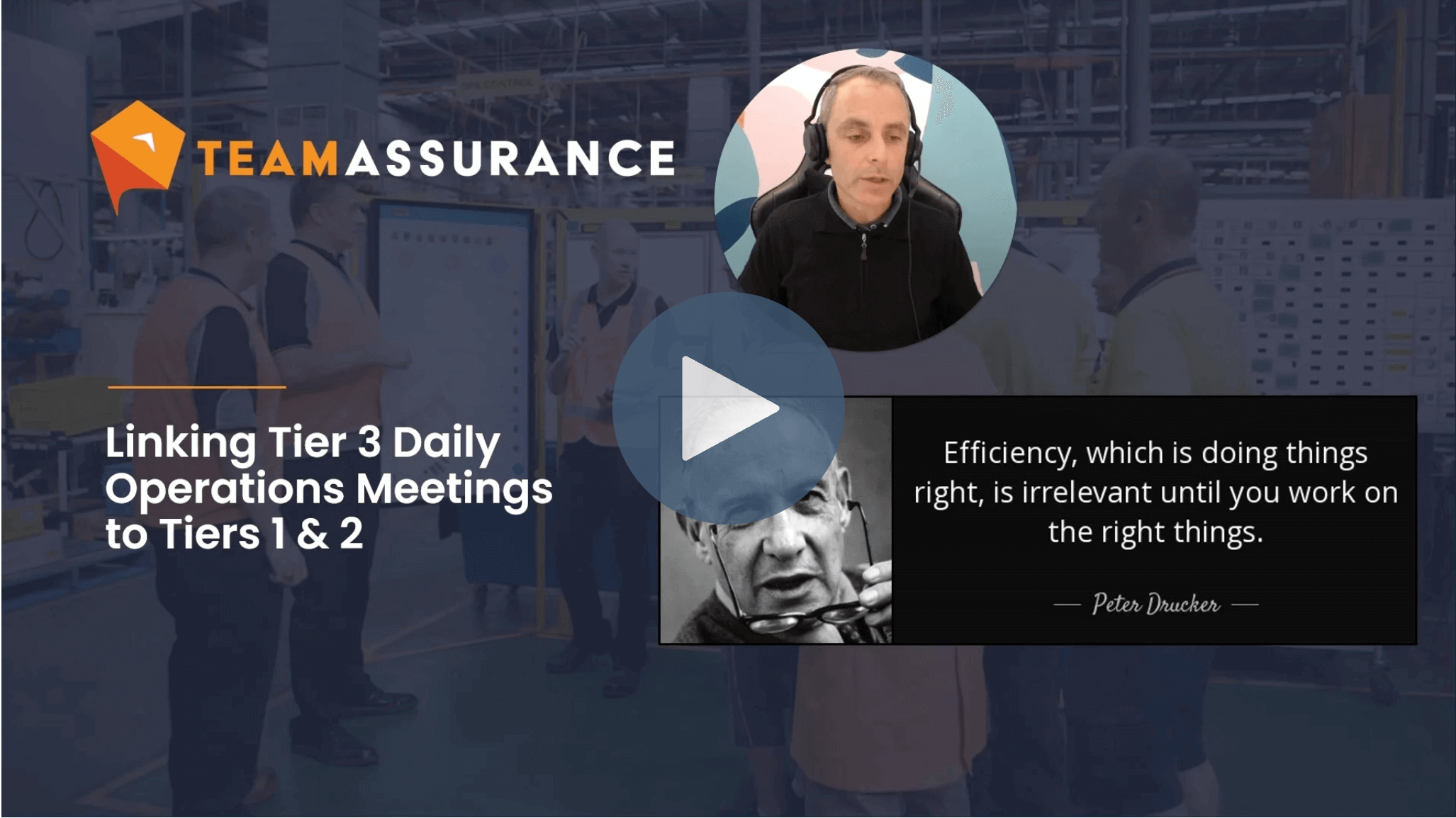Training and development play a significant role in CI culture
To be effective, continuous improvement needs to be underpinned by a clear set of principles and philosophies. Leaders should ensure that these are communicated effectively through training, development, and coaching. This will help to ensure that everyone has a shared understanding of what continuous improvement means, and how it can be integrated into their daily work.
Leaders have a critical role to play in coaching and mentoring their teams to help them identify areas for improvement, and develop strategies for addressing them. This involves giving people the space and time to take ownership and responsibility for their work, and providing the guidance and support they need to succeed.
Skills management tools, like the skills matrix, are a quick (but powerful) way to make training and certification visual. It provides the confidence leaders need to let teams operate autonomously and even allows staff to take ownership of their own learning pathways.

Digital skills matrices capture information in real-time, enable proactive alerts to expiring certifications and provide interactive notes for robust 1-to-1s – things physical tools just can’t match.
A CI culture allows people to experiment and make mistakes
Continuous improvement is not just a buzzword, it’s a way of life. Organisations that foster a culture of openness and collaboration are the ones that will succeed in the long run. Leaders have a critical role to play in creating an environment where everyone feels comfortable sharing their ideas and experimenting with new approaches.
This means giving people the permission and support they need to think outside the box, challenge the norms, and test new ideas.
Ultimately, the goal of continuous improvement is to make it an integral part of the culture of the organisation. This requires a sustained effort from leaders at all levels to promote a culture of openness, learning, and collaboration.
By creating an environment where everyone is encouraged to participate in the continuous improvement process, leaders can help to drive lasting change and ensure the ongoing success of their organisation.
A Connected Framework For Leading With Lean
Keeping the this top-of-mind, leaders can foster continuous improvement activity as BAU for every role. They can implement effective communication mechanisms, and empower everyone to contribute towards strategy deployment. This CI culture is key to efficiencies in daily operation, and to achieving long-term success
Lean is not just a set of isolated tools and techniques – it is a way of thinking and a way of working that requires connection, commitment and dedication from all levels of the organisation.

If you’re an organisation in need, or a consultant with clients in need, and you’d like to explore the opportunities that digital-aids to Lean tools provide – contact us for a demonstration of the TeamAssurance platform.







